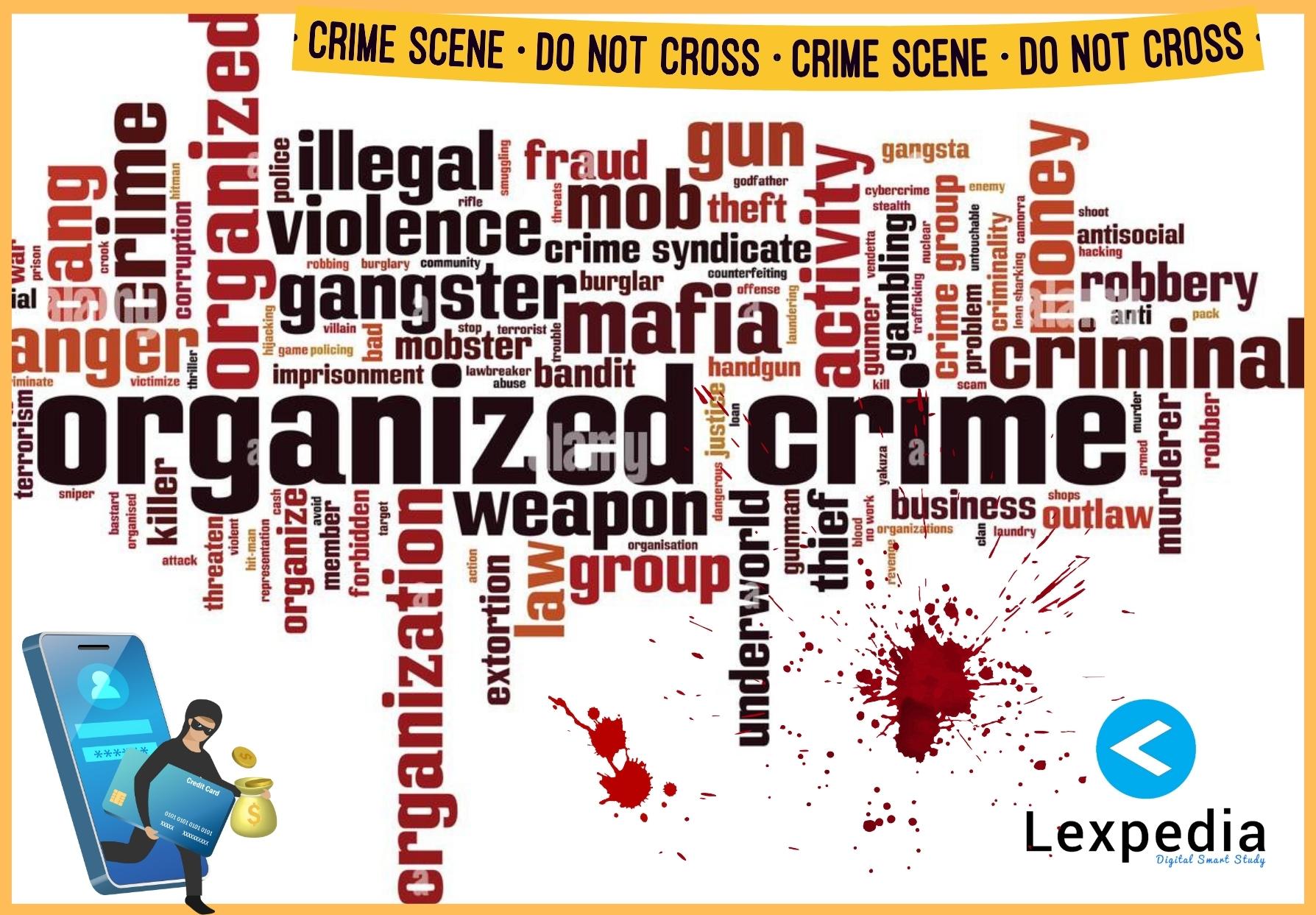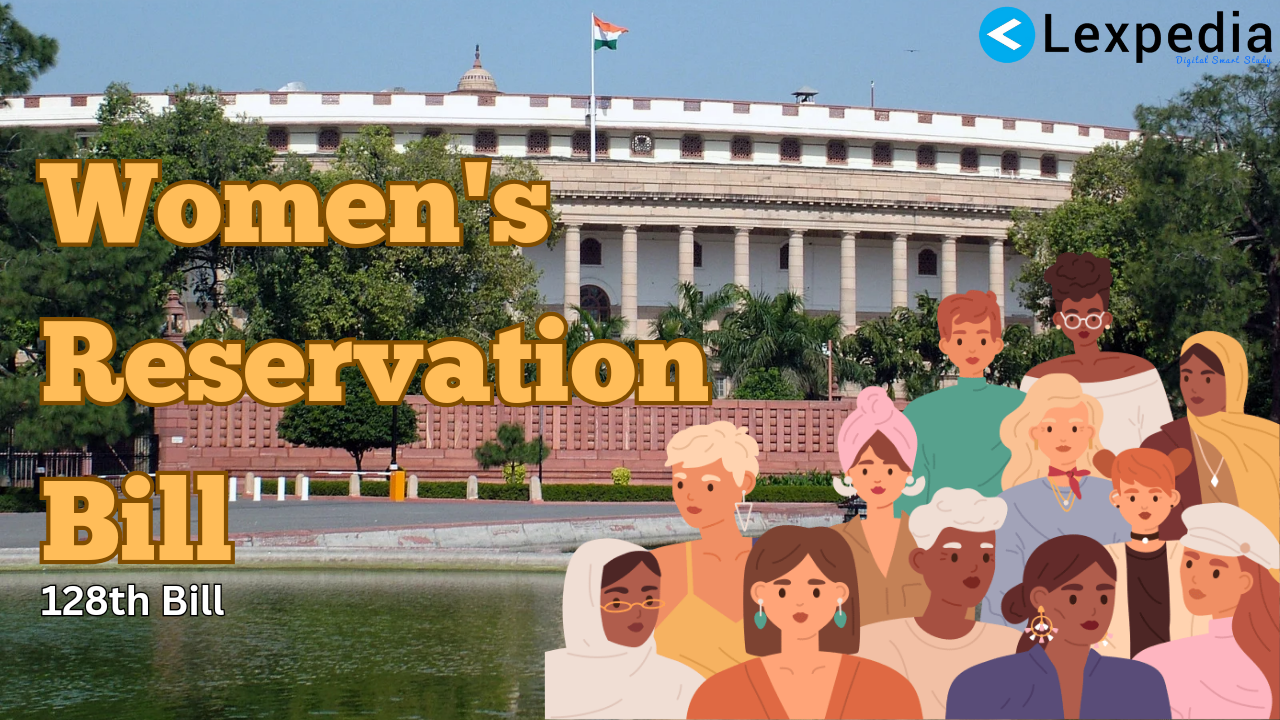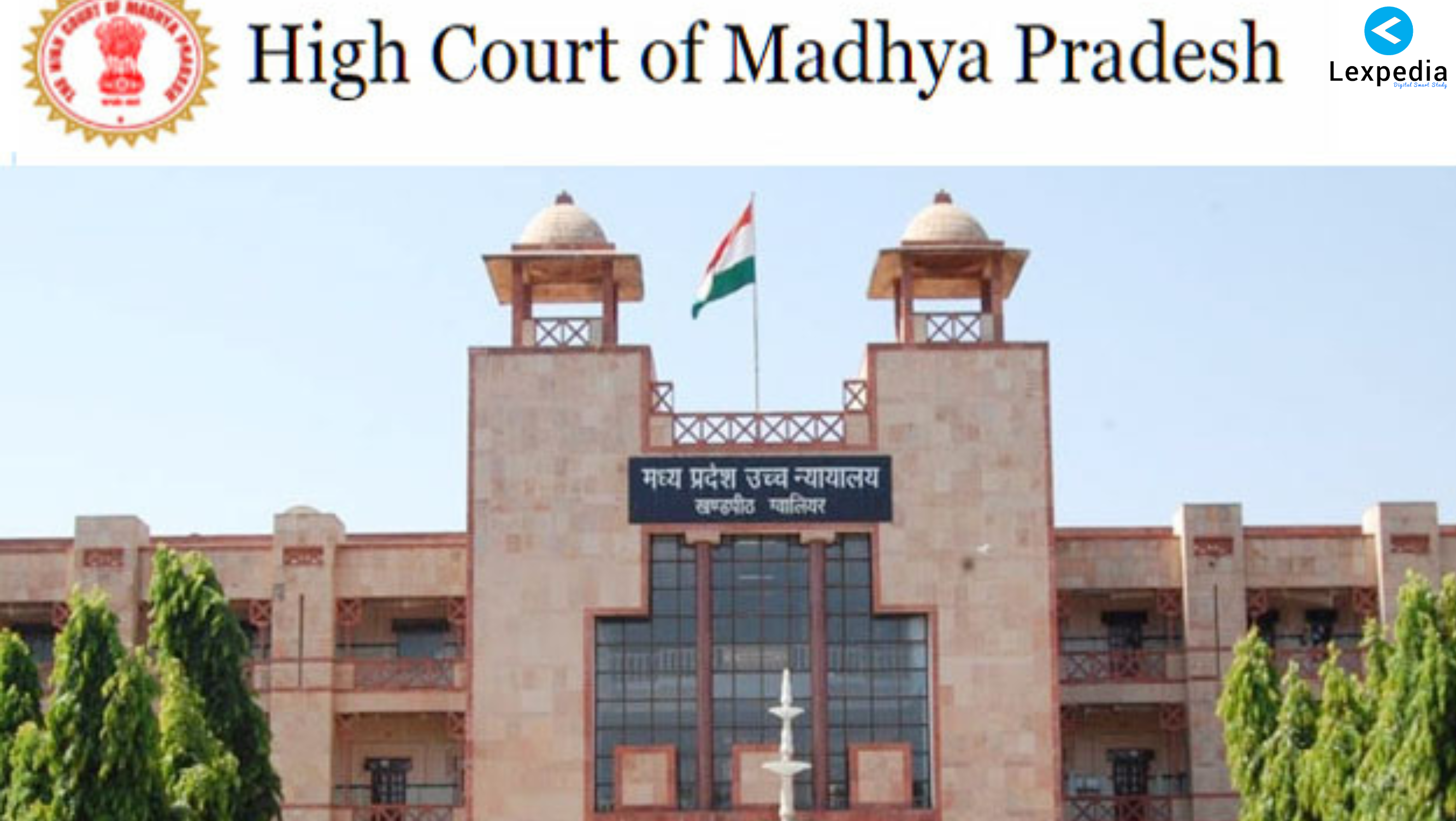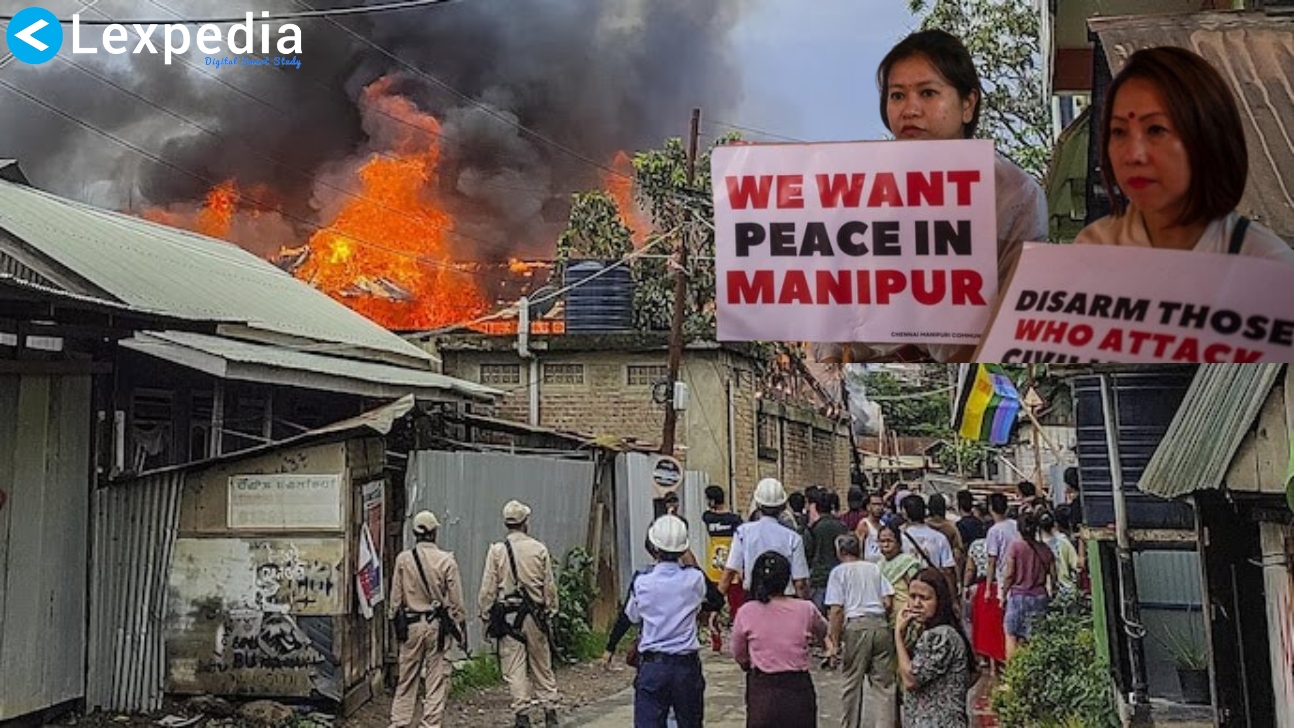
Unmasking the Shadows: Exploring the Complex Web of Organized Crime
- Dinesh Verma
- September 9, 2023
- 2:33 pm
Share Post :
Introduction: Organized crime, a multifaceted and clandestine phenomenon, poses a significant challenge to global security and socioeconomic stability. Spanning across borders and infiltrating various sectors, organized crime encompasses a range of illicit activities, from drug trafficking and human smuggling to money laundering and cybercrime. This article delves into the intricacies of organized crime, examining its characteristics, impact on societies, root causes, methods of operation, and efforts to combat it.
Understanding Organized Crime: Organized crime refers to structured and coordinated criminal activities conducted by groups or networks with the primary goal of accruing profits through illegal means. These groups often have hierarchies, roles, and specialized functions that enable them to engage in complex criminal enterprises. Organized crime networks thrive on secrecy, manipulation, and exploitation of vulnerabilities within societies.
CHARACTERISTICS OF ORGANIZED CRIME:
- Structure and Hierarchy: Organized crime groups operate with hierarchical structures resembling legitimate businesses, complete with leaders, lieutenants, enforcers, and foot soldiers.
- Diversified Criminal Activities: These groups engage in a wide range of criminal activities, including drug trafficking, human trafficking, smuggling, extortion, money laundering, and cybercrime.
- Global Reach: Organized crime networks transcend national boundaries, leveraging globalization to operate in multiple countries and regions, making collaboration among law enforcement agencies crucial.
- Corruption and Collusion: Organized crime often thrives through corrupting law enforcement officials, politicians, and other influential figures, creating environments conducive to criminal activities.
IMPACT ON SOCIETIES:
- Economic Consequences: Organized crime disrupts legitimate economic activities, distorts markets, and leads to lost tax revenues due to illicit trade and tax evasion.
- Social Disruption: The activities of organized crime contribute to violence, instability, and social disintegration within communities, creating an environment of fear and intimidation.
- Undermining Governance: Corruption and collusion with criminal networks erode the rule of law, impairing the effectiveness of governments and institutions.
- Public Health and Safety: Activities such as drug trafficking and counterfeit pharmaceuticals endanger public health, leading to addiction, disease outbreaks, and loss of life.
ROOT CAUSES OF ORGANIZED CRIME:
- Poverty and Inequality: Socioeconomic disparities can create conditions that push individuals towards organized crime as a means of economic survival.
- Weak Governance: Inadequate law enforcement, corruption, and weak judicial systems provide fertile ground for organized crime networks to thrive.
- Lack of Opportunity: Limited access to education, employment, and social mobility can lead individuals to seek alternative paths to success, including involvement in criminal enterprises.
- Cultural Factors: Cultural norms and attitudes that romanticize criminal behaviour can contribute to the perpetuation of organized crime.
METHODS OF OPERATION:
- Money Laundering: Criminal proceeds are “cleaned” through legitimate channels to obscure their origins and make them appear legal.
- Violence and Intimidation: Organized crime groups use violence and intimidation to eliminate competition, silence witnesses, and exert control over territories.
- Corruption and Bribery: By infiltrating institutions and corrupting officials, criminal groups ensure their operations remain shielded from law enforcement.
- Cybercrime: As technology advances, cybercrime has become a lucrative avenue for organized crime, including hacking, phishing, and ransomware attacks.
EFFORTS TO COMBAT ORGANIZED CRIME:
- International Collaboration: Effective responses require international cooperation and information sharing among law enforcement agencies, governments, and international organizations.
- Strengthening Legal Frameworks: Enacting and enforcing stringent laws against organized crime and corruption helps curb criminal activities and hold perpetrators accountable.
- Asset Forfeiture: Confiscating assets acquired through criminal activities deprive organized crime groups of their ill-gotten gains.
- Community Engagement: Empowering communities through education, employment opportunities, and social services reduces the vulnerability of individuals to organized crime.
- Enhancing Law Enforcement Capacity: Investing in training, technology, and intelligence sharing improves the ability of law enforcement agencies to combat organized crime effectively.
Conclusion: Organized crime remains a complex and evolving challenge that threatens the security, prosperity, and well-being of societies worldwide. Its far-reaching impacts demand comprehensive and collaborative efforts from governments, law enforcement agencies, international organizations, and civil society. By addressing root causes, strengthening legal frameworks, and fostering international cooperation, we can strive to dismantle the intricate networks of organized crime and create safer, more resilient communities. The battle against organized crime requires sustained vigilance, adaptability, and a collective commitment to upholding the rule of law and protecting the rights of individuals and societies.

















